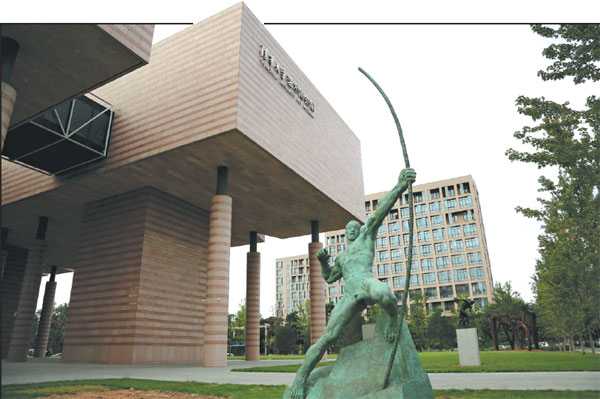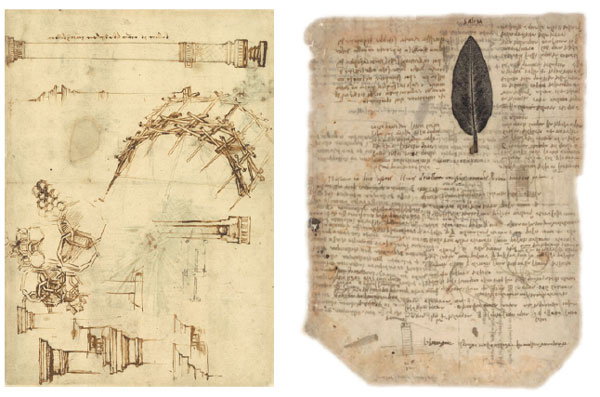Sample some of da Vinci's genius
Updated: 2016-09-06 07:44
By Lin Qi(China Daily USA)
|
|||||||||
The Tsinghua University Art Museum is staging a show of pages from the Renaissance Man's Codex Atlanticus to mark its official opening. Lin Qi reports.
Leonardo da Vinci (1452-1519) is revered not only for such works as the Mona Lisa and The Last Supper, but the "Renaissance Man" is also famed for his work in engineering, optics, architecture, geometry and astronomy.
The scope and depth of Da Vinci's interests is celebrated through the Italian-language Codex Atlanticus (Atlantic Codex).
|
The Tsinghua University Art Museum on the campus of Tsinghua in Beijing will open on Sept 11 with 11 shows. Photos Provided to China Daily |
It is a collection of 1,119 pages, in 12 volumes, which features Da Vinci's drawings and notes of his work in various scientific disciplines.
The Codex Atlanticus is now at the Biblioteca Ambrosiana, a library in Milan.
Sixty original pages will soon be displayed at the new Tsinghua University Art Museum from Sept 11 through March 19, 2017.
This display will make the largest exhibition of the Codex Atlanticus outside Italy.
However, this is not the first time that pages from the encyclopedia have been sent abroad.
An earlier exhibition in Singapore saw 26 pages being put on show; and an event in Japan received 20 pages, says Yang Dongjiang, deputy director of the TAM, as the museum calls itself.
At the Tsinghua exhibition, Dialog with Leonardo da Vinci, a dozen TV screens will also show 3-D displays of Da Vinci's aircraft and other mechanical inventions.
The exhibition is among the 11 shows being held to mark the official opening of TAM on Sept 11.
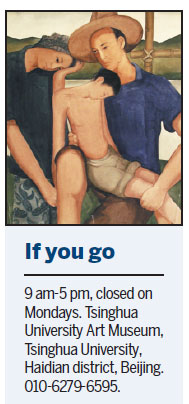
Designed by Swiss architect Mario Botta, the TAM occupies 5,000 square meters at the east corner of the Tsinghua campus, making it the biggest college museum in China.
Before the TAM, Tsinghua University, which was founded in 1911, had a room to exhibit archaeological relics, which was opened in 1926.
It was not until 1999 that the Central Academy of Arts and Design was merged with the university, and a museum was proposed to house and display the CAAD's collection of fine art and antiques assembled since its establishment in 1956.
Meanwhile, the plan for the museum got a boost after a donation of 200 million yuan ($30 million) in 2013 from Huang Rulun, a self-made real estate developer and chairman of the Century Golden Resources Group.
The TAM currently has more than 13,000 Chinese paintings, calligraphy works, textiles, porcelain pieces, bronze ware, Ming Dynasty (1368-1644)-style furniture and other works of art, which mainly come from the CAAD's collection and public donations.
A selection of the works will be displayed at the upcoming shows being held to mark the TAM's official opening.
Speaking about the TAM, Feng Yuan, its director, says the museum is a real "palace" whose architecture rivals other prominent museums in the country.
He adds that one of his goals is to keep the museum attractive for visitors in the long run.
Speaking to journalists at a media preview late last month, Feng, who ran the National Art Museum of China between 2004 and 2005, says many museums gradually lose visitors because they don't rotate their displays, and also because they lack sustainable financial support and staff members who are experienced in museum management.
Referring to competition from other museums, he says: "Of course we can't rival the Palace Museum or the Capital Museum in collections. But we can exchange items with them."
As for the TAM's upcoming exhibitions, they will feature bronze ware from the Shang (c.16th century-11th century BC) and Zhou (c.11th century-256 BC) dynasties on loan from the National Museum of China, and paintings from the National Art Museum of China.
Feng says the TAM is also reaching out to college museums abroad for academic cooperation and, hopefully, for exhibitions in the future.
"The museum should not only be an alternative classroom for students, but must also be a landmark in Beijing, which people from across the country will come and visit," he adds.
To this end, he says, the museum will display a variety of artwork - from ancient to modern and from home and abroad - to engage a varied audience.
As for other events marking the TAM's official opening, there will be an exhibition of multimedia installations in which international artists use digital technology to create visual effects.
Feng also says the museum will have a venue devoted to developments in contemporary art.
The TAM was founded by the Tsinghua University Education Foundation, and Feng says the foundation will soon set up a council and advisory committee for the museum.
Separately, the museum's academic committee now comprises curators, professors and artists, including Chen Lyusheng, deputy director of the National Museum of China, and Xu Bing, an artist and a professor at Beijing's Central Academy of Fine Arts.
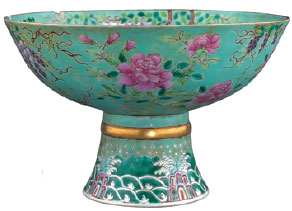
Meanwhile, despite the buzz surrounding the opening of the TAM, college museums are not a very common sight in China.
The only comparable institution is Peking University's Museum of Art and Archaeology named after its sponsor Arthur M. Sackler, an American entrepreneur and philanthropist.
It boasts a collection of drawings and prints of Western masters, such as Raphael and Picasso donated by visiting US professor Donald Stone.
"Every major university in the United States has an art museum ... Students can just go over, enjoy the beautiful pieces of art and then go back to their studies," Stone says.
But things could be changing in China.
Last year saw the opening of the Wanlin Art Museum at Wuhan University in Central China's Hubei province.
The museum was set up thanks to Chen Dongsheng, president of Taikang Life Insurance Corp and China Guardian Auctions, who donated 120 million yuan for the project.
Contact the writer at linqi@chinadaily.com.cn
|
Above: Pages from Codex Atlanticus are among the exhibits of Dialog with Leonardo da Vinci tomark the opening of the Tsinghua University Art Museum. Top right and above right: A painting by contemporary Chinese artist Pang Xunqin and a Qing Dynasty (1644-1911) bowl with high stemare among the displays. |
(China Daily USA 09/06/2016 page10)
- Xi tells Park China opposes deployment of THAAD in ROK
- Singapore confirms 27 new cases of Zika infection
- Russia, Britain agree to mend ties
- EU can't leave entire migration issue to mediterranean countries: official
- Rousseff appeals impeachment to Supreme Court
- Europeans displeased with their education systems

 In pics: Journalists cover G20 Summit in Hangzhou
In pics: Journalists cover G20 Summit in Hangzhou
 Air attendant 'incubator' welcomes freshmen
Air attendant 'incubator' welcomes freshmen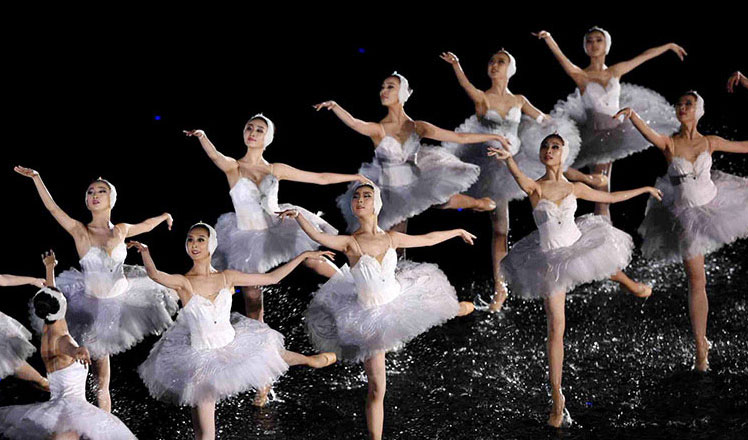
 Evening gala for G20 summit held in Hangzhou
Evening gala for G20 summit held in Hangzhou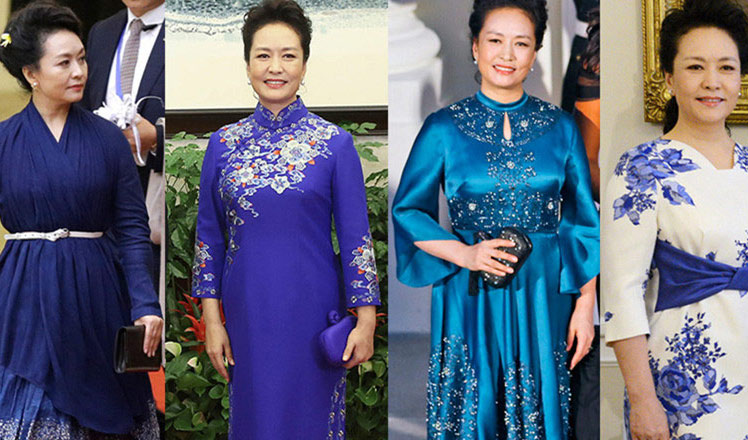
 First Lady fashion: Rhapsodies in blue
First Lady fashion: Rhapsodies in blue
 Hangzhou: A city of bridges in East China
Hangzhou: A city of bridges in East China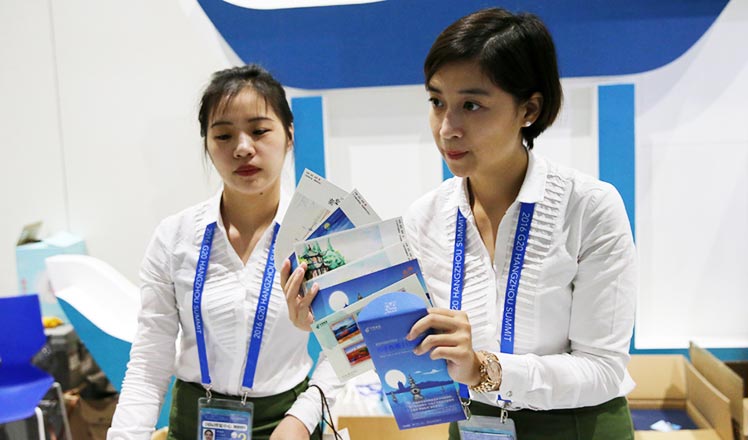
 Commemorative G20 stamps a hit at media center
Commemorative G20 stamps a hit at media center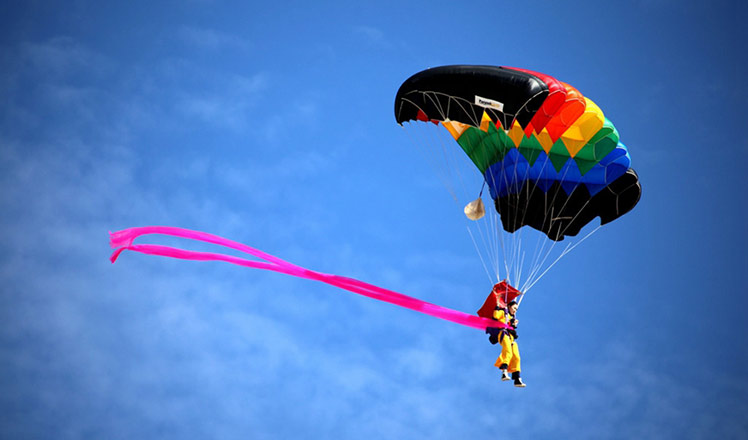
 Ten photos from around China: Aug 26- Sept 1
Ten photos from around China: Aug 26- Sept 1
 Hangzhou: Paradise for connoisseurs of tea
Hangzhou: Paradise for connoisseurs of tea
Most Viewed
Editor's Picks

|

|

|

|

|

|
Today's Top News
Trump outlines anti-terror plan, proposing extreme vetting for immigrants
Phelps puts spotlight on cupping
US launches airstrikes against IS targets in Libya's Sirte
Ministry slams US-Korean THAAD deployment
Two police officers shot at protest in Dallas
Abe's blame game reveals his policies failing to get results
Ending wildlife trafficking must be policy priority in Asia
Effects of supply-side reform take time to be seen
US Weekly

|

|
